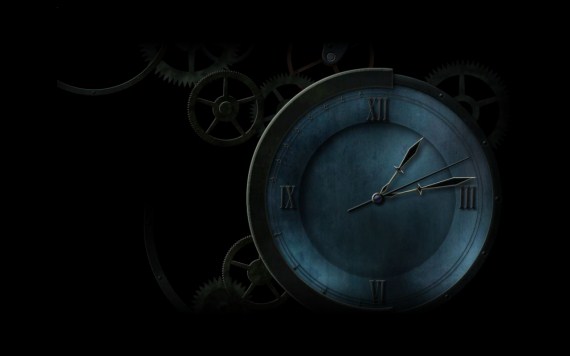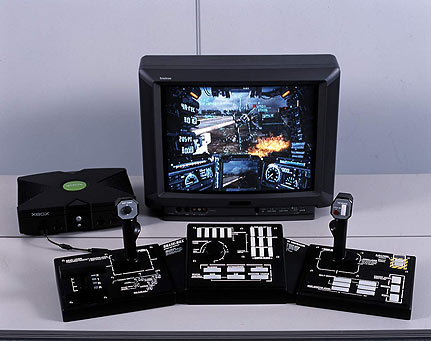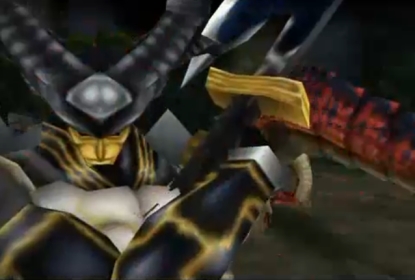Honor Thy Player’s Time

It’s a glorious Sunday morning. You stir and stretch in your bed, a mess of wonderfully soft sheets and covers. The whole day is open. Will you laze around for a bit more? Get up and go for a walk, or to the gym? Make plans to meet up with friends? Whatever you decide, this moment is the birthplace of the day’s possibilities, when just thinking of the wide expanse of possibility makes you smile.
Jump forward 100 years. Unless dramatic advances in cryogenics are discovered, it’s highly likely you’ll no longer be among the living, and your lazy Sunday afternoon from so long ago will now be one fixed event of the myriad fixed events known as your life. However insignificant your choice may have been, your decision on how you used some of the finite time at your disposal can never be unmade – for better or for worse.
Now, say you decided to play a game that Sunday morning. Whether you got stuck in a 10-minute long unskippable cutscene, a stultifying yet mandatory mini-game, a frustrating sequence replete with long loading times, or even if the game was exactly what you wanted, your experience is logged as another fixed life event.
In a world of seemingly unlimited free-to-play games, browser games, Steam sales and trial versions, players will never be bereft of games to play. Choosing to honor your players – and acknowledging that they have chosen to share some of their limited time playing your game – can be a surprisingly effective way to help cut out filler and make a sharper, more rewarding play experience.
Player Time: The Rarest Resource
When video games were still an oddity favored by teenagers and pre-adolescents, the higher the hours of gameplay to cost ratio was, the better. Now, with tons of games constantly coming out on all sorts of platforms, there are more games than ever vying for our time. Suddenly, the prospect of a 40-hour game doesn’t seem as appealing as it once did.
Choosing to consciously honor the player’s time and investment aligns well with recent trends of aging gamers, who have less and less free time to devote to their favorite hobby.
So how do you go about doing this? In theory, the steps are simple.
→ All gameplay must serve the aim of the game. Most games strive to create fun or joyful scenarios for their players. These games would be best served by adhering to their mandate for the entire experience – no excuses. Just as Nintendo famously focuses on making the simple act of moving your character entertaining, everything the player does in your game should serve its purpose.

The Xbox mech combat simulator Steel Battalion was notorious for its mammoth real-life controller, with over 40 buttons to manage, and an involved ‘start-up’ sequence that involved manipulating its buttons and switches in a precise order before you could even take a step. This sequence may seem like it arbitrarily takes time away from the player, but in fact this only helped to reinforce the game’s purpose – to simulate what it actually would be like to pilot a giant robot of war.
→ All gameplay must build towards the narrative theme. This only applies to games where narrative and story are a focus. If you’re trying to craft a compelling story around your game, does it really make sense to have one set of rules that apply during gameplay, and another that apply only during ‘story sequences’?
For example, if you spend the majority of a game killing faceless enemies, only to have your character mortified when faced with a corpse in a cutscene, would you realistically think that makes any sense? The fact that this double standard is still the norm in games is a huge reason why an overwhelming majority of game stories are looked upon as inferior to other media. By doing this, you compromise the story you’re trying to tell, and weaken the overall power of the game.
→ Don’t show how good you are at making other things. Cutscenes that go on for way too long, cutscenes that are unskippable, cutscenes that have little to do with the plot – this kind of indulgence is often more fun for the creator than the player.
While there are exceptions, and some designers like Hideo Kojima are celebrated for their signature, if not meandering cinematics, unexpected ones deliver a clear message to the player: Keep waiting, and maybe you’ll get to play later. This can’t help but be disappointing to someone who entered your game for the purpose of actively playing, not passively viewing.

This also applies to anything not in the game’s main field of expertise. Shallow mini-games and tacked-on puzzle elements only detract from the central gameplay promise your players came to fulfill.
→ Avoid player downtime. Whenever the player is ready and willing to play but cannot due to the game getting in the way, that is active player downtime. This includes routine loading times, which generally can’t be helped, but can sneak up on you with ill-conceived respawn times, cooldown times, failure state cutscenes and un-optimized forced loading screens.
Whenever there is a way to get the player back to active play as soon as possible that is consistent with the narrative, appropriate difficulty balancing and technical constraints, take it.
Honor Thy Lifetime
Of course, this concept applies to everything else in your life – especially interactions with others. Even if you’re in the middle of an interaction that is banal or routine, remember that it is always a remarkable one because it is the one that is happening right now.
As long as someone plays it, the same will be true of your game – even if it’s a modest indie project you made on your own just for fun. Even if you don’t make it obvious, when you respect the player’s time, they’ll know.
